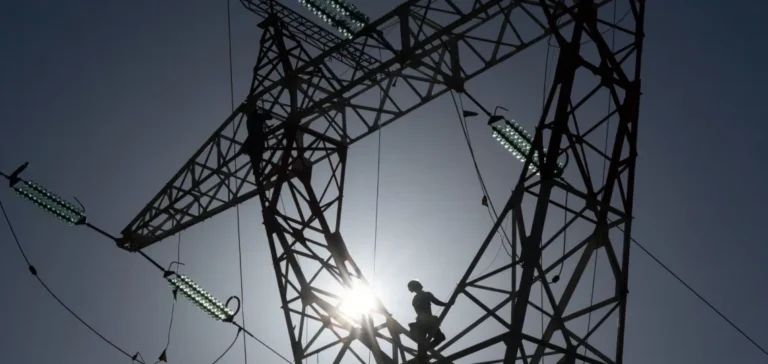The number of people without access to electricity worldwide reached 730 million in 2024, representing a marginal decrease of 11 million from the previous year. This trend confirms a stagnation observed since 2020, while pre-pandemic progress had been more robust.
Sub-Saharan Africa remains the hardest-hit region
Sub-Saharan Africa accounts for eight out of ten people globally without electricity. In 2024, new connections in the region reached 6.8 million, a 2% increase from 2023. Nearly 90% of these connections were made through the main grid and mini-grids, mainly in Nigeria, the Democratic Republic of the Congo, and Uganda. However, population growth in underserved areas offset much of this progress, limiting the net reduction in the number of people without electricity to only 4 million.
Near-universal access in Asia, but key gaps persist
Developing Asia reached a 98% access rate in 2024, with India and Indonesia achieving full coverage. However, most of the remaining unconnected population is concentrated in five countries—Pakistan, Afghanistan, Mongolia, Myanmar, and the Democratic People’s Republic of Korea—which together account for 83% of the region’s electricity access gap. The pace of progress remains slower than pre-pandemic levels across most of these countries.
Latin America nears full connectivity
With an electricity access rate of 98%, Latin America is approaching universal coverage. Still, remote regions such as the Andes and the Amazon remain underserved. At the current pace, it could take up to 15 years to bridge the final gap. Haiti presents the most significant challenge, with around half of its population still lacking electricity and 2024 progress falling 56% below the 2015–2019 average.
Access grows, but household consumption declines
In sub-Saharan Africa, electricity access expanded from 30% of the population in 2012 to 50% in 2024, yet average household electricity consumption dropped by approximately 25% over the same period. Tariffs in many countries have risen faster than incomes, limiting household spending capacity. Newly connected households, especially in rural areas, often rely on small solar home systems with limited capacity. These systems constrain usage levels, which remain far below regional averages, even several years after gaining access.
Policy measures expand amid economic constraints
In 2024 and early 2025, around 60% of the unconnected population lived in countries that implemented new electricity access policies. These measures included tax incentives, subsidy programmes, national strategies, and other targeted actions. Despite these efforts, continued high debt burdens, elevated borrowing costs, and declining development finance are weighing on progress.






















